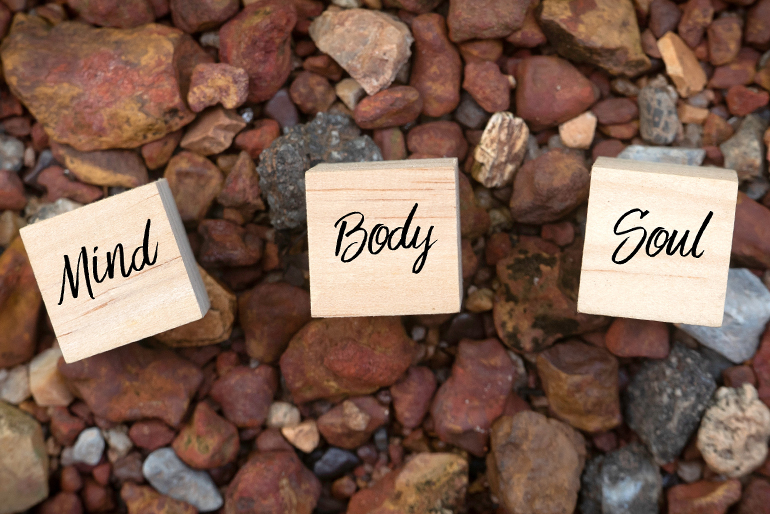Mindfulness
Mindfulness
Mindfulness is the act of being present. When you are still, you can settle your mind and body so clarity and intuition can arise. When your mind and body are quiet, healing can take place. Lindsey Capelli, LPC, NCC, SAC is experienced in teaching mindfulness to her clients, helping them achieve peace and healing from distressing emotions. Studies have shown that mindfulness can help reduce depression, anxiety, insomnia, and pain.
What is the mindfulness technique?
Mindfulness is a type of meditation in which you focus on being aware of what you’re feeling in the moment, without interpretation or judgment. Mindfulness expert Jon Kabat-Zinn explains, “Mindfulness is awareness that arises through paying attention on purpose, in the present moment, non-judgmentally.”
Mindfulness can involve breathing exercises, guided imagery, or other practices that relax the mind and body and reduce stress. Practicing mindfulness can help direct your attention away from random, negative thoughts and make you more engaged with the world around you. Furthermore, mindfulness can help you experience thoughts and emotions with better balance and acceptance.
What are some examples of mindfulness exercises? Your therapist may use different exercises with you to help teach you the practice of mindfulness. Some examples of exercises they may use include:
How do I start practicing mindfulness?
Mindfulness is easy to practice and is something anyone can do. You can start by finding a comfortable spot to sit down, such as on a cushion or comfortable chair. You can cross your legs or place your feet on the floor with your hands in your lap. Sit up tall with your spine straight and soften your gaze, either shutting your eyes or lowering your gaze toward the floor. Focus on your breath, noticing each inhale and exhale. Let your thoughts float in and out of your mind and observe them without judgment. If you get distracted or your mind starts to wander, come back to your breath, and focus on each inhale and exhale. When you’re ready, gently lift your gaze and bring your awareness back to the room you are in. Notice how your mind and body feel.
If you are interested in learning more about mindfulness, call Living Well Counseling Center in Tinton Falls, New Jersey today to make an appointment. You can also send us a message on the contact page of our website.



